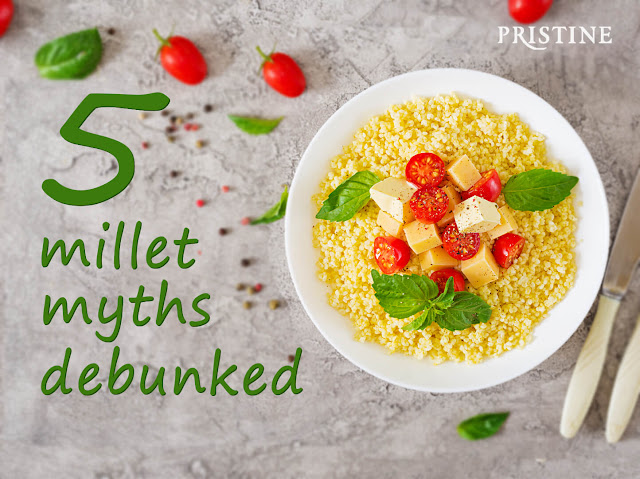Make way for pegans – A new twist on vegans

What is a Pegan diet? Vegan, keto, paleo, and Whole 30 diets are quite popular among the diet divas. But there’s a new genre of diet that’s been gaining popularity. Namely pegan! This relatively new trend is a mix of paleo and vegan. Introduced in 2014 by blogger Mark Hyman, it was first found in his book, “Food: what the heck should I eat?”. It soon started trending in social media worldwide. So what exactly is peganism? Pegan follows the principles of both vegan and paleo diets and is based on the notion that nutrient-rich, whole food can balance blood sugar, reduce inflammation and support optimal health. Compared to paleo and vegan diets , the pegan diet has fewer guidelines and restrictions. What do you eat on a pegan diet? Pegans focus largely (75 percent) on fruit and vegetables, though meat, certain fish, legumes, nuts, and seeds are also allowed. Pegan menus are not just limited to fruit and vegetables. Protein intake from animal sources is encour...




